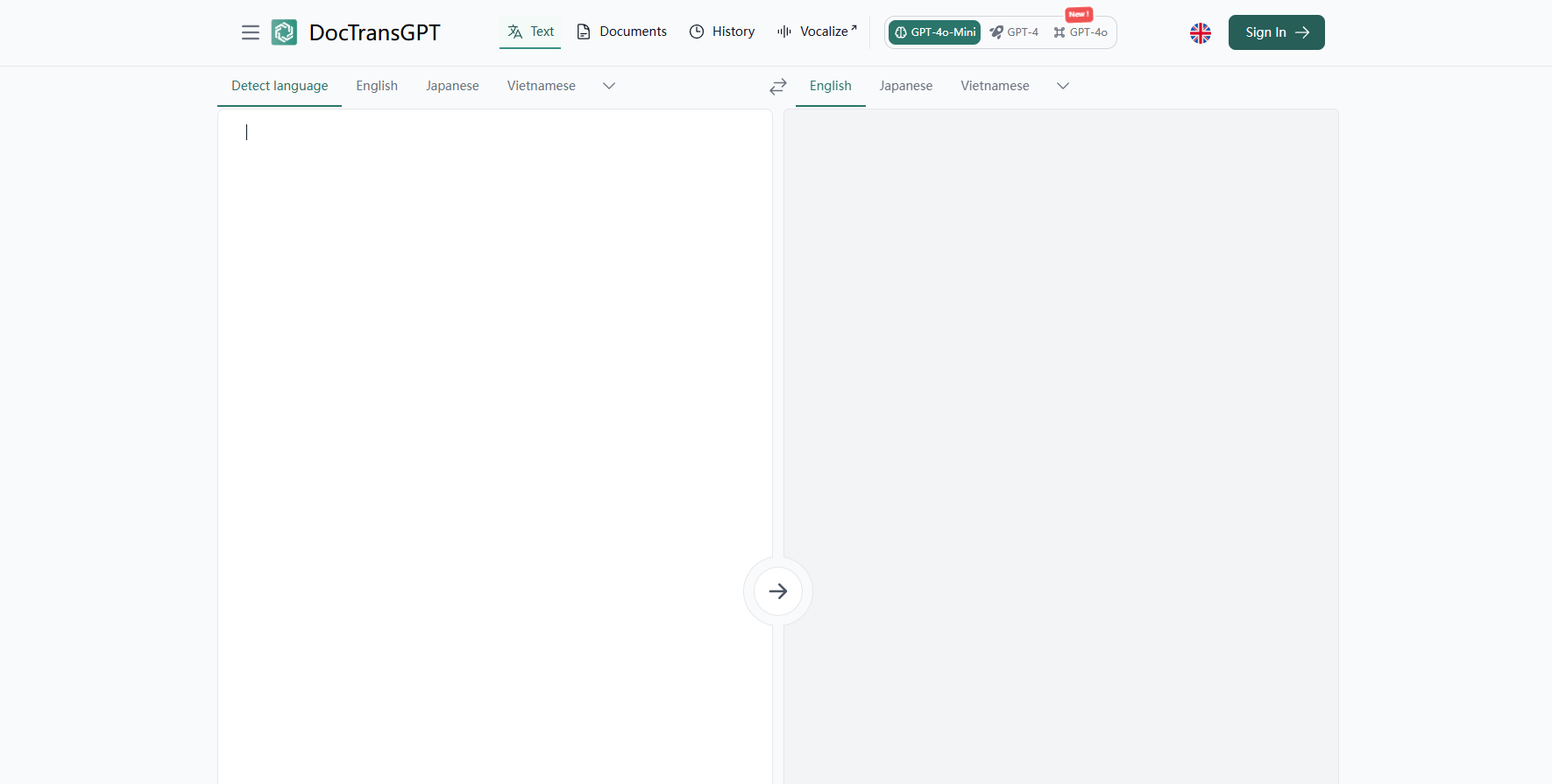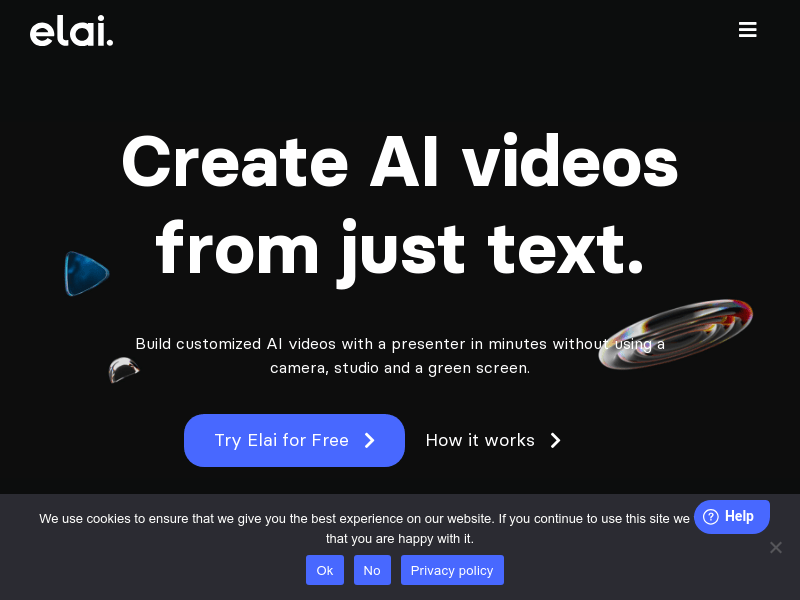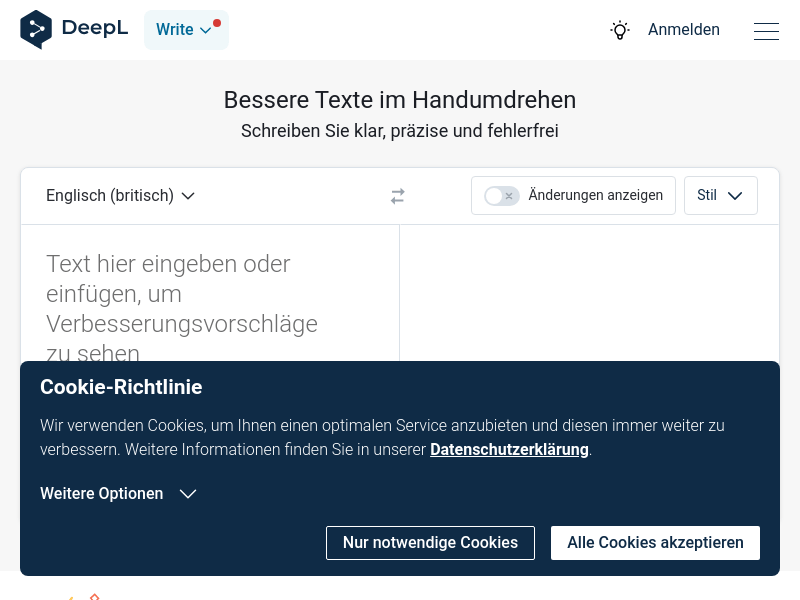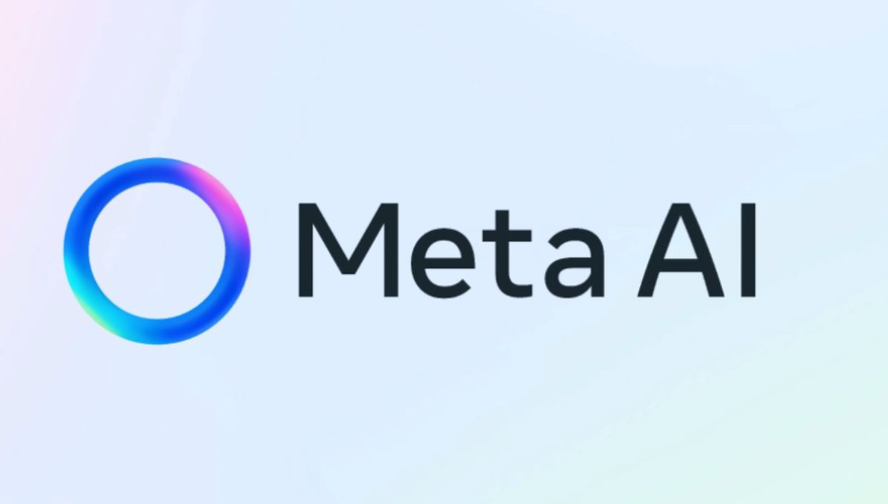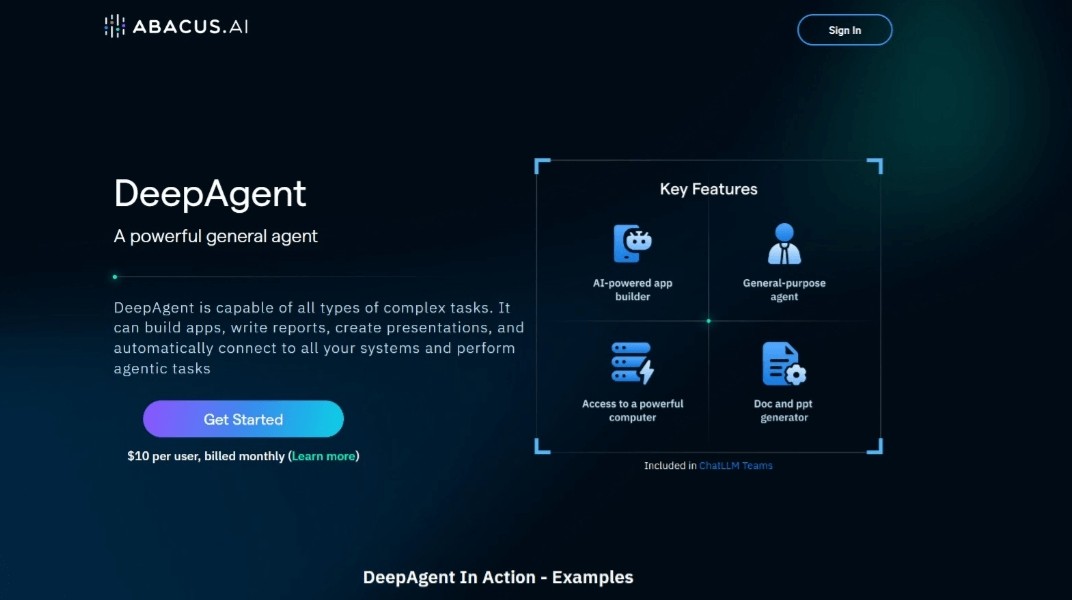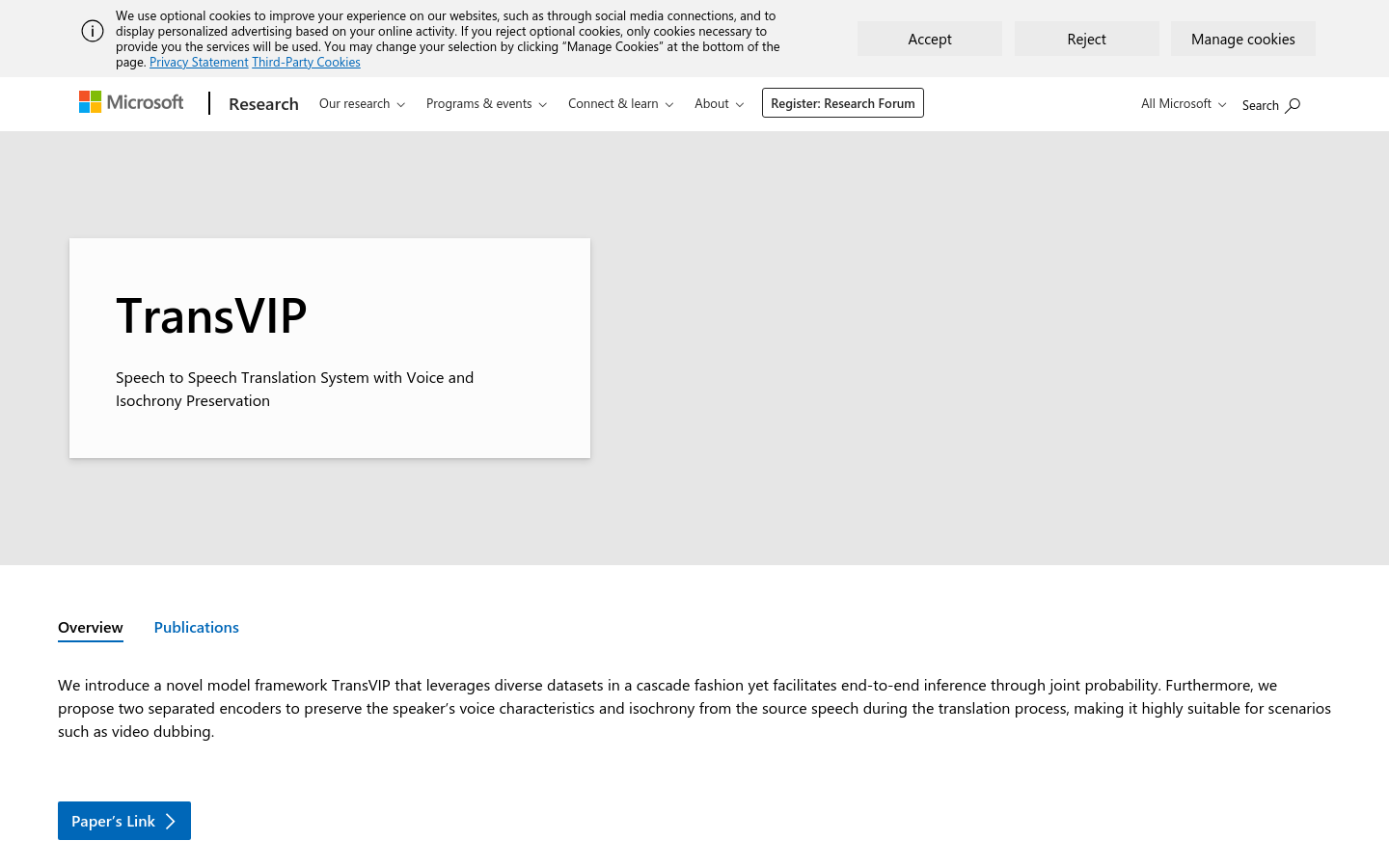
TransVIP is an innovative speech-to-speech translation system developed by Microsoft Research. It is able to preserve the speaker's voice characteristics and isochrony (i.e., the rhythm and pauses of speech) during the translation process, which is very useful for scenarios such as video dubbing. . TransVIP enables end-to-end inference through joint probabilities while leveraging different data sets for cascade processing. The main advantages of this technology include high adaptability, preservation of sound characteristics, and preservation of isochrony, which make it valuable in the fields of multilingual communication and content localization.
Demand group:
"The target audience includes video producers, voice actors, multilingual content creators and multinational companies. TransVIP is suitable for them as it provides an efficient way to localize and dub video content while maintaining the original speaker's voice characteristics and speech Style, which is critical to increasing audience immersion and engaging content."
Example of usage scenario:
Video producers use TransVIP to create dubbed versions of foreign language films.
Multinational companies use TransVIP to provide real-time voice translation for international meetings.
Educational institutions use TransVIP to provide native voiceovers for foreign language instruction videos.
Product features:
Joint encoder-decoder model: for translating speech into target text and coarse-grained speech tokens.
Non-autoregressive acoustic model: used to capture acoustic details.
Codec model: Converts discrete speech tokens back into waveforms.
Voice Characteristics Preservation: Preserve the speaker’s voice characteristics during translation.
Isochrony maintenance: Maintain speaking rhythm and pauses during translation.
End-to-end inference: Fast and accurate translation through joint probabilities.
Multi-dataset cascade processing: Utilizing different data sets to improve translation accuracy and naturalness.
Usage tutorial:
Step 1: Prepare source speech material to ensure the speech is clear and without excessive background noise.
Step 2: Visit the TransVIP model page and understand its basic features and operating requirements.
Step 3: According to the TransVIP usage guide, upload the source voice file to the system.
Step 4: Select the target language and desired sound signature preservation options.
Step 5: Start the translation process and wait for the system to process and output the translated voice.
Step 6: Download the translated voice file and sync it in your video editing software.
Step 7: Check the match between the translated voice and the video content and make necessary adjustments.
Step 8: After completing the video dubbing, export the final video file and share or publish it.
